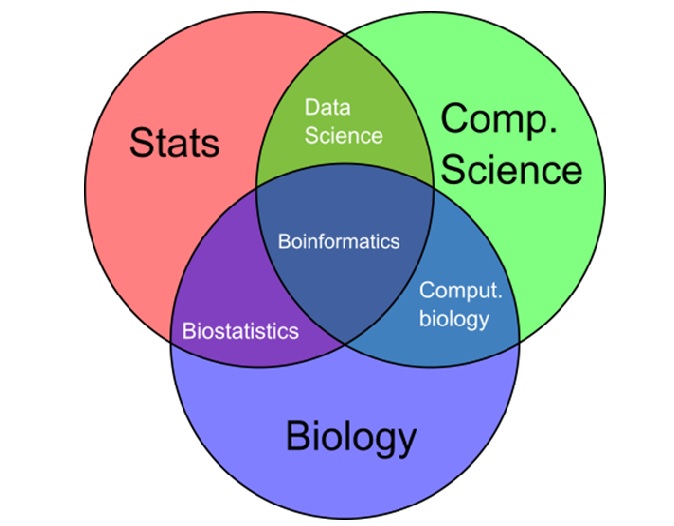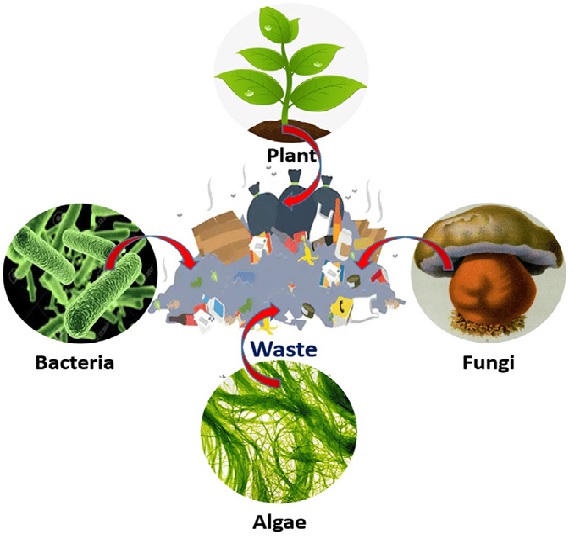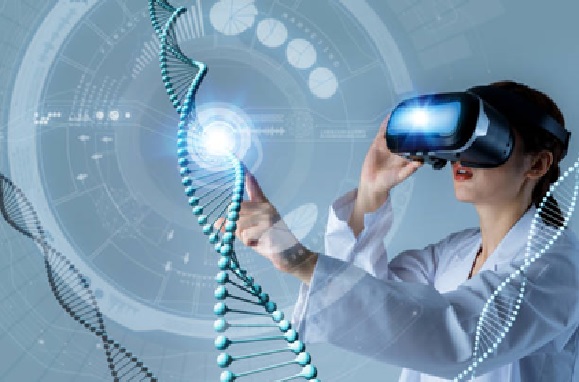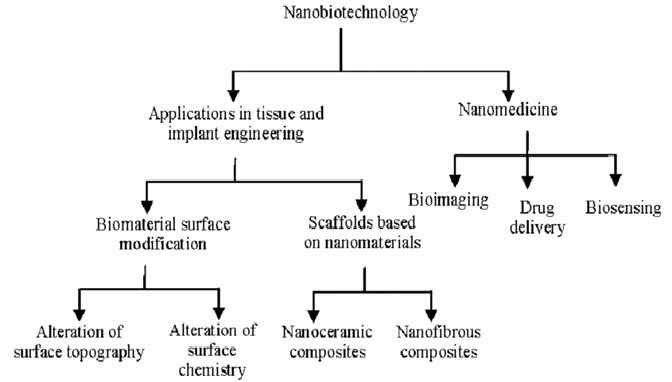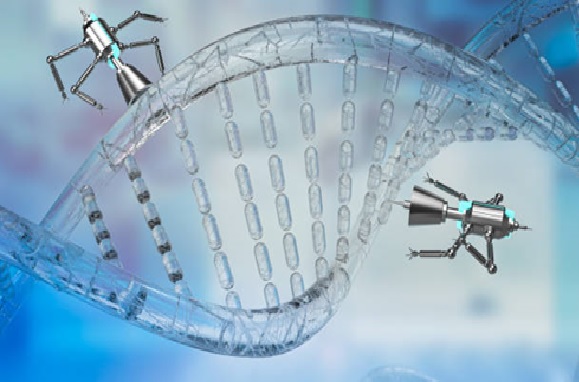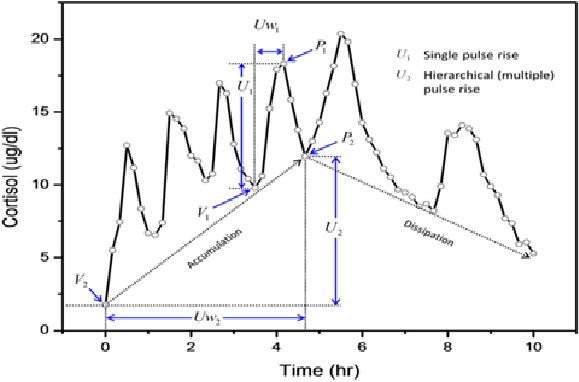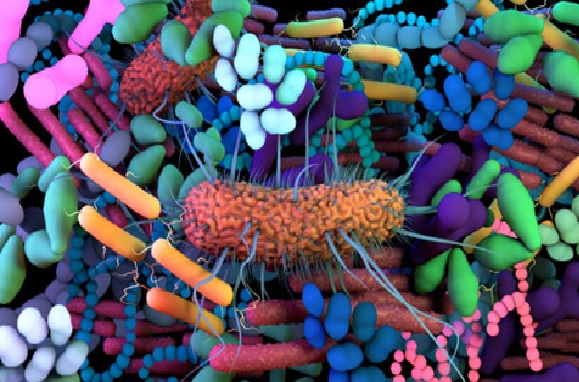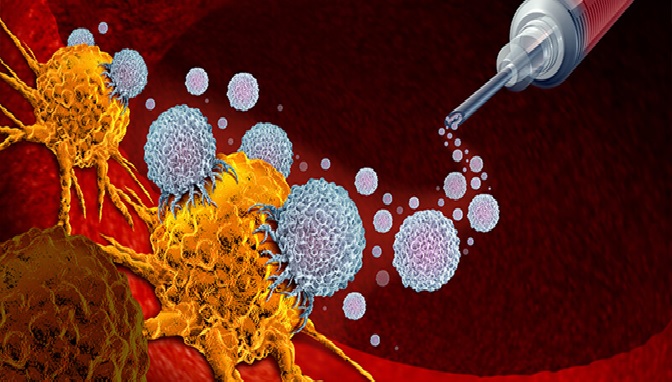Proteomics
Proteomics is the study of the complete set of proteins expressed in a cell, tissue, or organism, and how these proteins interact with each other and with other biomolecules to carry out various biological processes. Proteins are essential for life and play diverse roles in cellular processes, including metabolism, signaling, transport, and regulation of gene expression. The study of proteomics involves the use of a variety of techniques and approaches to identify, isolate, and characterize proteins and their interactions.
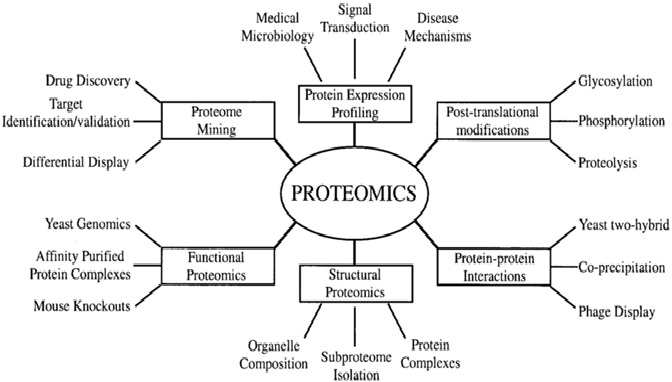
Figure 1. Proteomics. [1]
Figure 1 shows Proteomics diagram. Proteomics involves several key steps, including protein extraction, separation, identification, and functional analysis.
- Protein Extraction: The first step in proteomics is to extract the proteins from cells or tissues. This can be done using a variety of techniques, including homogenization, sonication, and high-pressure liquid chromatography (HPLC).
- Protein Separation: Once the proteins are extracted, they need to be separated based on their physicochemical properties, such as size, charge, and hydrophobicity. This can be done using techniques such as two-dimensional gel electrophoresis (2D-GE), liquid chromatography (LC), and capillary electrophoresis (CE).
- Protein Identification: Once the proteins are separated, they can be identified using mass spectrometry (MS). MS involves ionizing the protein or peptide and then measuring the mass-to-charge ratio of the resulting ions. The resulting data can be used to identify the protein and to study its structure and function.
- Protein Functional Analysis: Proteomics can be used to study protein function and interactions. This can be done using techniques such as yeast two-hybrid screening, protein microarrays, and co-immunoprecipitation.
Proteomics has many applications in basic research, clinical diagnostics, and drug discovery. For example, proteomics can be used to identify biomarkers for disease diagnosis and prognosis, to study protein interactions and networks, to identify potential drug targets, and to develop new treatments for diseases. Proteomics is also used in fields such as agriculture, environmental science, and biotechnology to study protein function and interactions in various organisms and systems.
In conclusion, proteomics is a powerful tool for studying the structure, function, and interactions of proteins in cells and organisms. It involves a variety of techniques and approaches, and has many important applications in basic research, clinical diagnostics, and drug discovery.
References:
- https://www.researchgate.net/figure/Types-of-proteomics-and-their-applications-to-biology_fig1_11487776
Cite this article:
Hana M (2023), Proteomics, AnaTechMaz, pp.131


